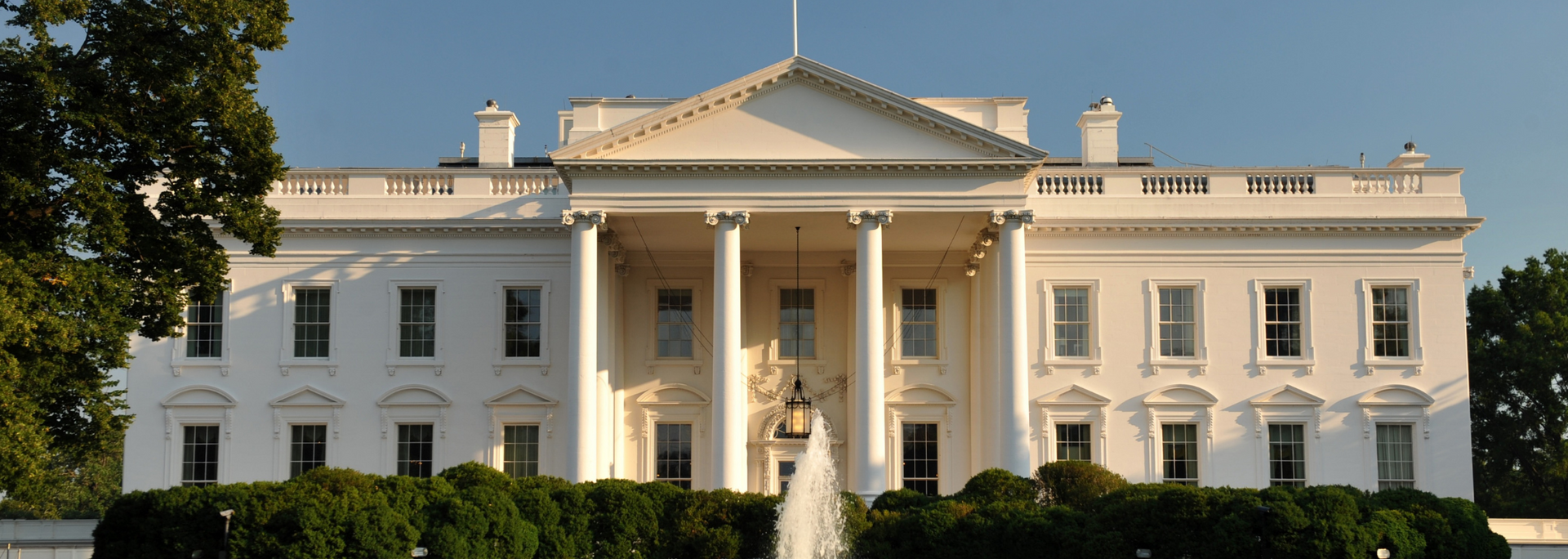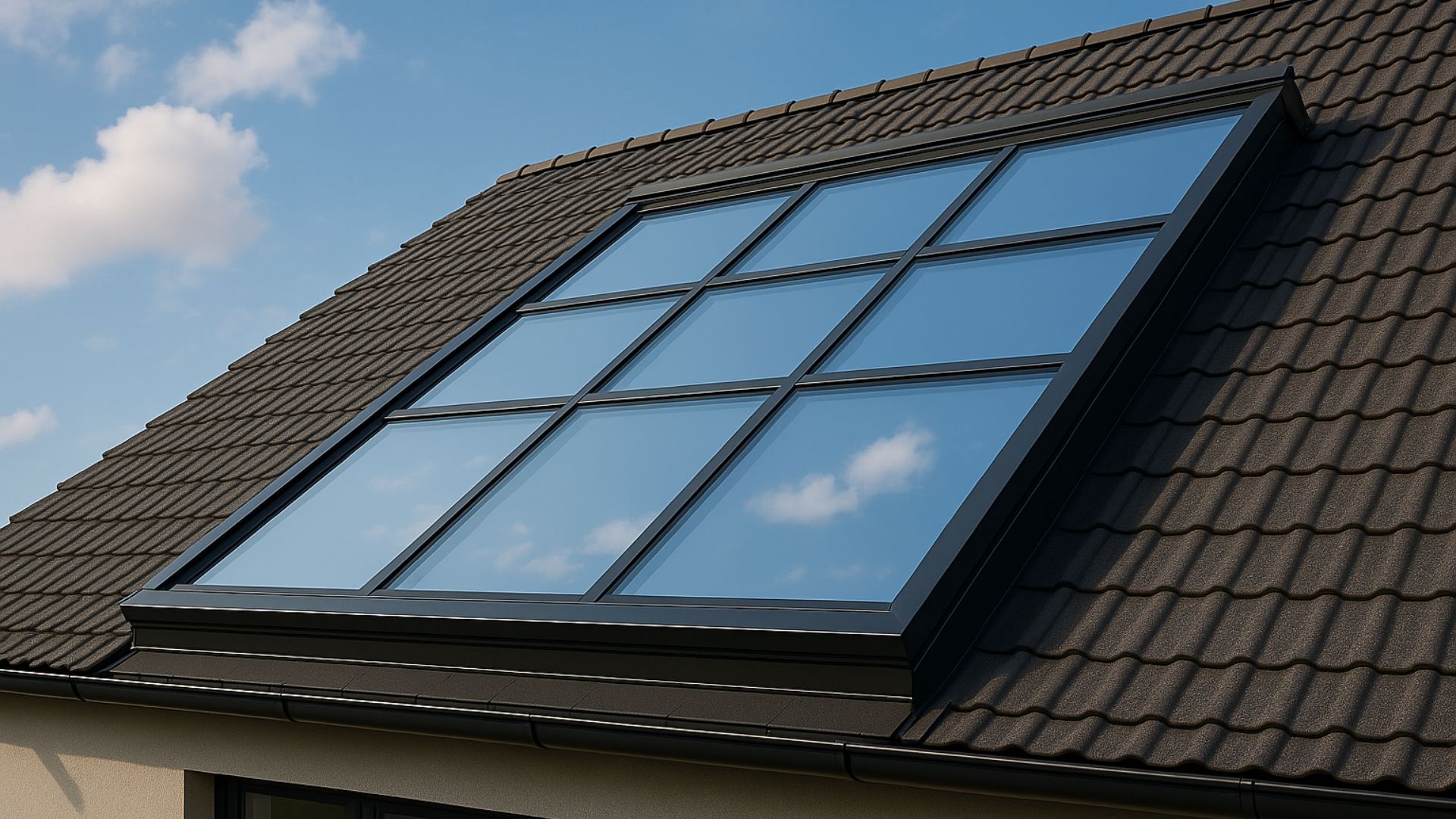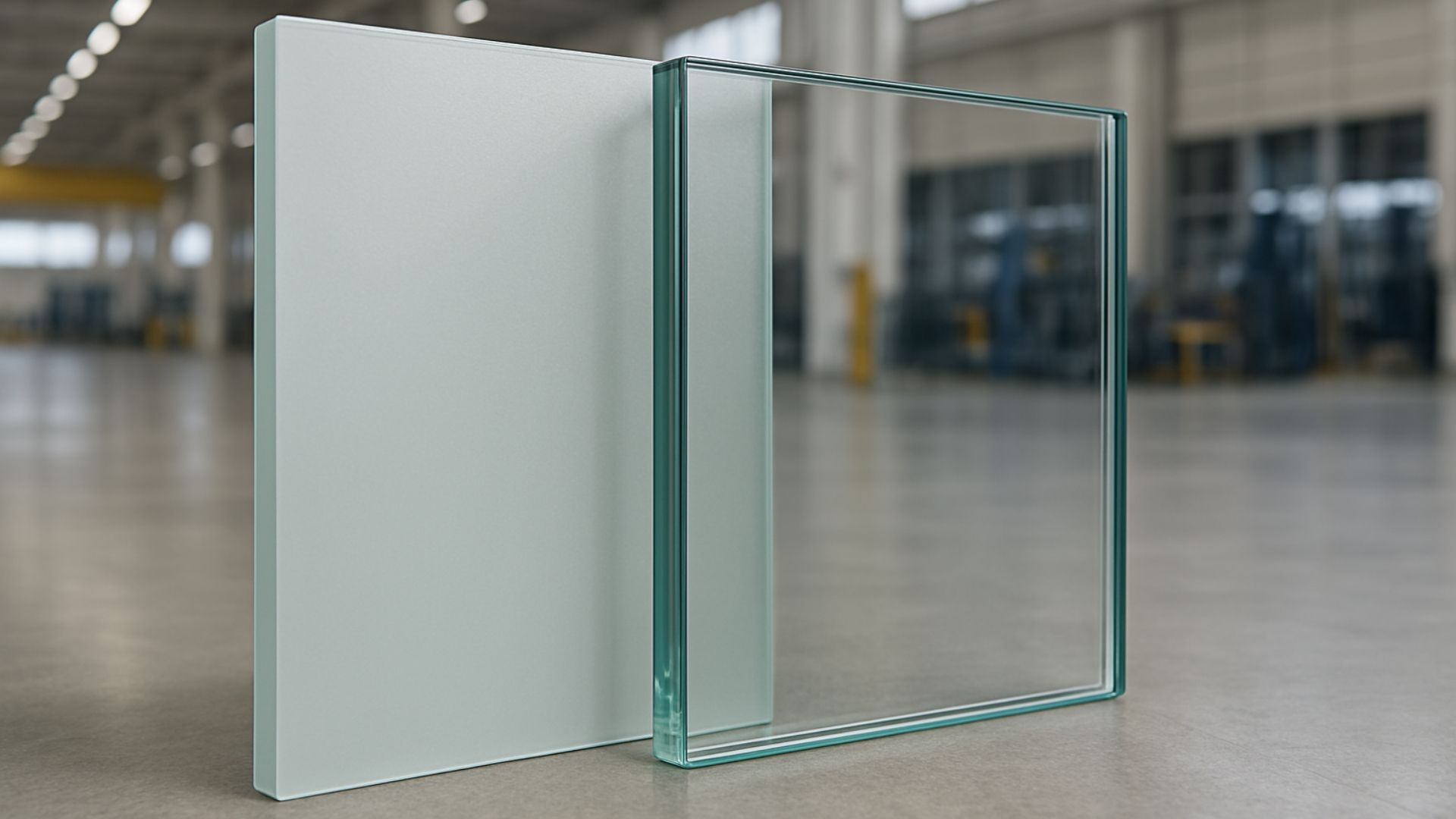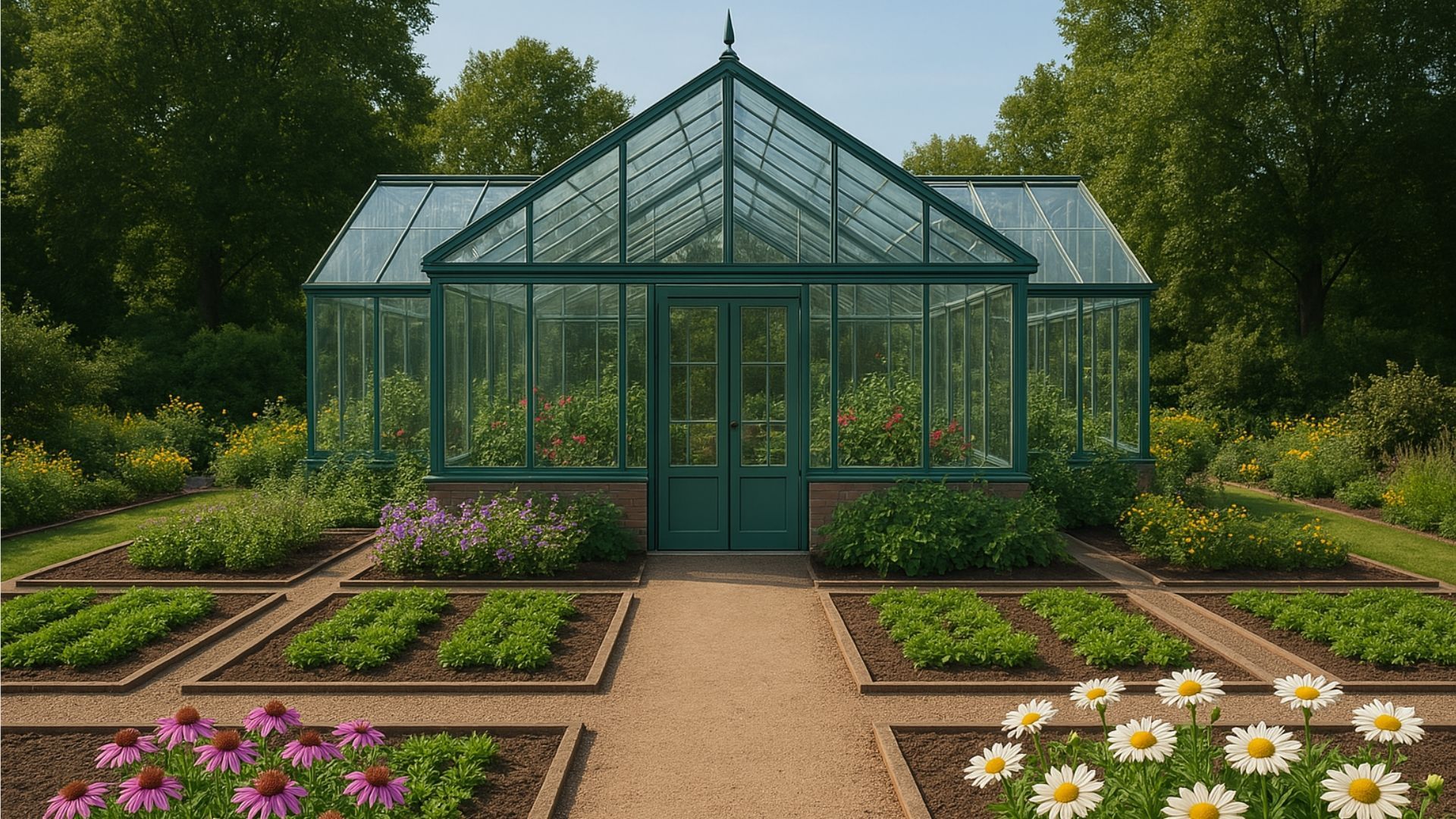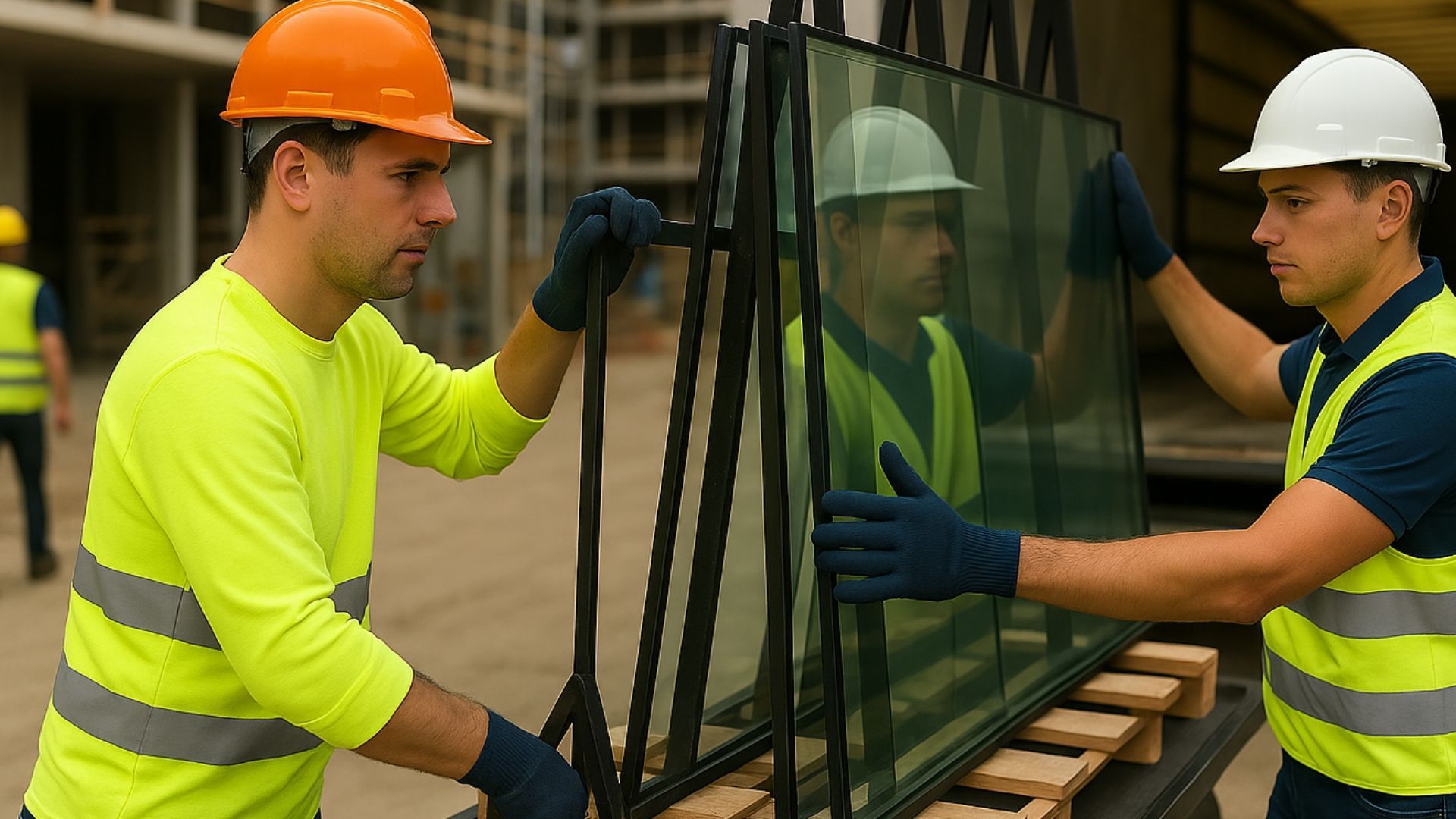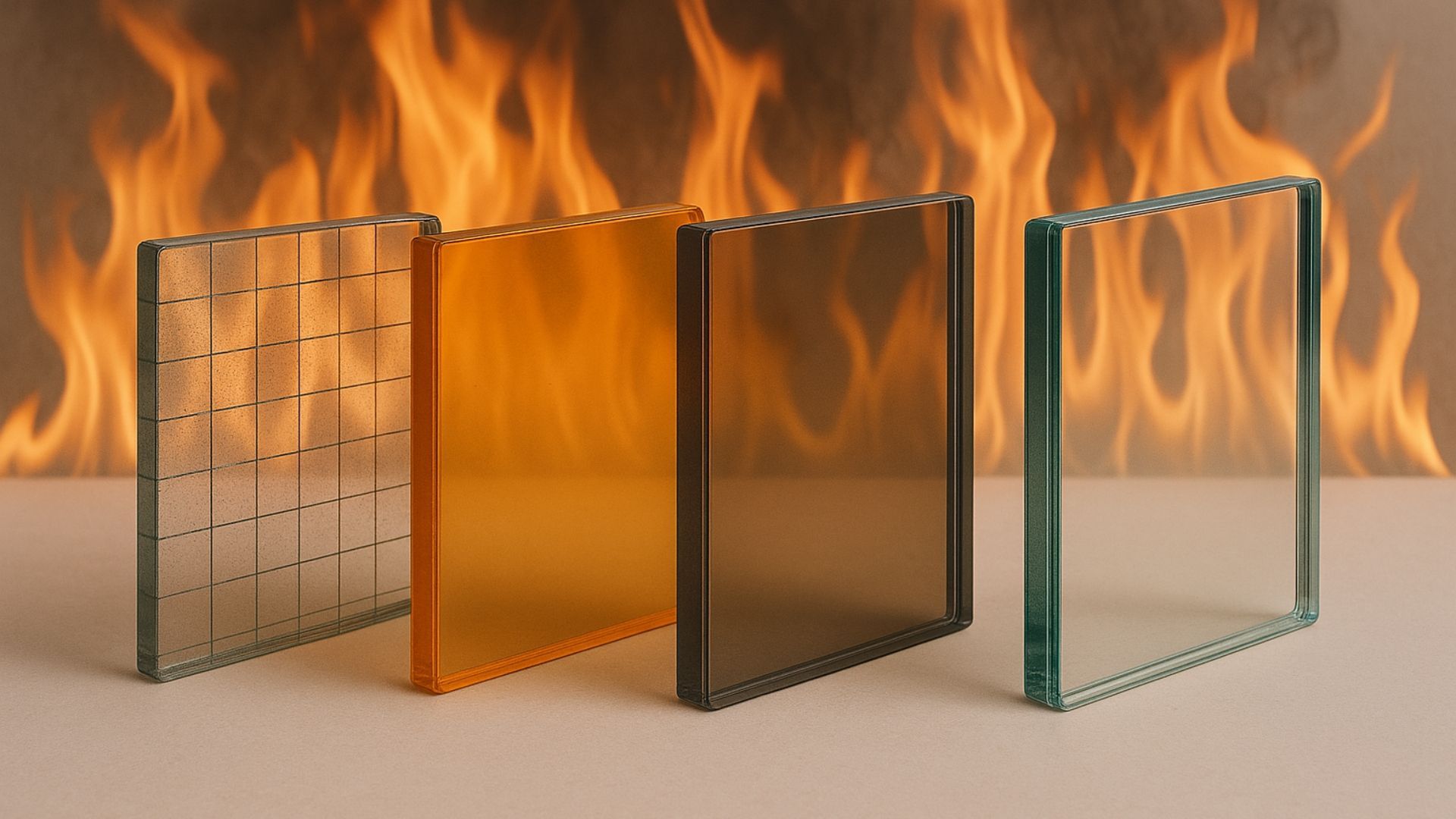Famous (and unexpected) places with bullet-resistant glass
Share this blog:
Bullet-resistant glass gives extra protection to many buildings. Here are 5 that you'd never guess.
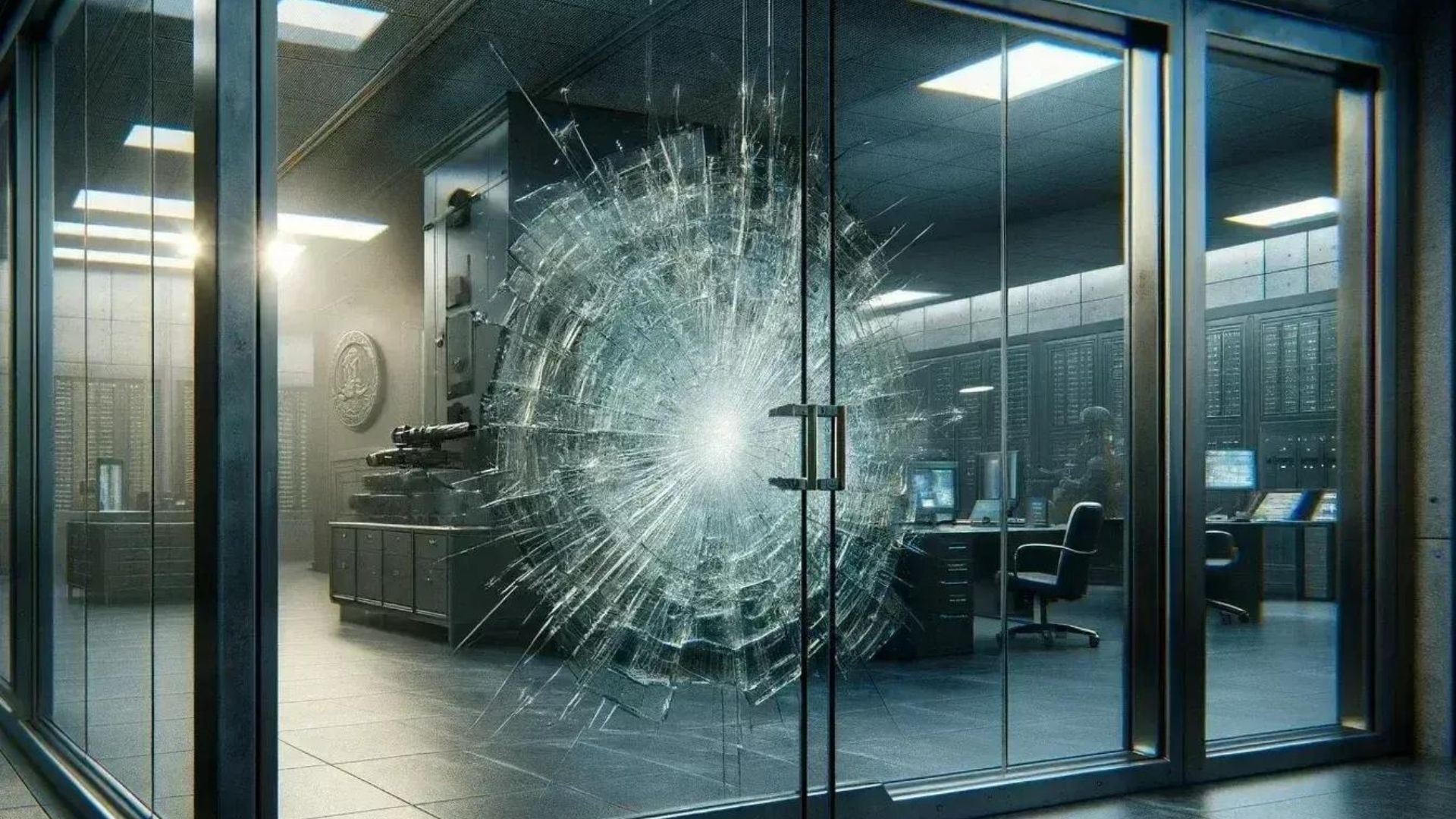
Every building needs protection – but some need protection against ballistic attack in the form of bullet-resistant glass.
This is a type of safety glass that's built to protect staff, visitors and property against gunfire. To qualify as bullet-resistant, it has to meet stringent industry regulations.
It's used in places such as jewellery stores, banks, airports and prisons. But did you know that it's also used to protect famous paintings, Popes and staff at KFC?
In this article, we look at five famous and unexpected places that use bullet-resistant glass.
KFC, Nottingham
In 2020, a branch of KFC in Nottingham was installed with bullet-resistant glass to protect staff from violent customers.
KFC has taken this measure once before, in Detroit, USA. However, it's the first time we've seen it in the UK.
Tim Brown, 44, told the press: "It must be quite unsettling to work behind bulletproof glass, but I understand why it's there… It's like ordering your food at a bank or a petrol station after hours."
A spokesperson from KFC said: "We're sorry for any issues caused by the barriers, but these have been put up for the safety of our team members."
KFC isn't the only fast food restaurant to have taken this measure in the United States, where gun ownership and crime are much higher than in the UK. Here, bullet-resistant glass in fast food outlets remains a rarity.
The White House, Washington DC
Despite being the residence and office of every US president since 1800, the White House hasn't always been hot on security. Charles Guiteau, for instance, managed to visit the Executive Office and a White House reception before eventually killing President Garfield in a train station.
Nowadays, security is much, much tighter – and bullet-resistant glass windows play a big part. Many White House windows are originals retrofitted with security glass to protect against shooters.
We don't know exactly what type of glass they use. With so much money at the US government's disposal, it could be a product that's not on the consumer market.
Bullet-resistant glass has been used to protect US presidents since 1941 when Franklin D. Roosevelt rode in an armoured limousine seized from mobster Al Capone and fitted with bulletproof windows. But it wasn't until the assassination of John F. Kennedy in 1963 that armoured vehicles became the norm for presidents.
Since the late 1980s, it's also been a common sight to have US presidents give speeches from behind bullet-resistant glass screens.
The Mona Lisa
Leonardo da Vinci's
Mona Lisa has been on display at the Louvre Museum in Paris since 1797 – and believe it or not, that inscrutable smile and those eyes that seem to follow you around the room are kept behind bullet-resistant glass.
The world-famous painting has been behind safety glass since the 1950s after a visitor threw acid at the painting. But by 2019, it was time for an upgrade.
Vincent Delieuvin, curator of 16th-century Italian art at the Louvre, told Reuters that the old glass wasn't giving viewers the optimum view of the painting. Since the upgrade, however, "the 'Mona Lisa' is behind extremely transparent glass, which really gives the impression of being very close to the painting".
This is an example of how modern glass can combine the functional (bullet-resistant) with the aesthetic (super-clear).
The popemobile
Until 1978, Popes made public appearances carried by helpers on a ceremonial throne known as the
sedia gestatoria
("chair for carrying"). This was retired after the death of Pope Paul VI and replaced by the popemobile.
Of course, when we say "the popemobile", we're not talking about a single vehicle. There have been lots of different designs. Some allowed the Pope to sit on a kind of wheeled, motorised throne, while others let him stand. And while some have the top down, others are enclosed in bullet-resistant glass.
The use of bullet-resistant glass followed an attempted assassination of Pope John Paul II in 1981. It allows the Pope to make public appearances among larger crowds without compromising his safety.
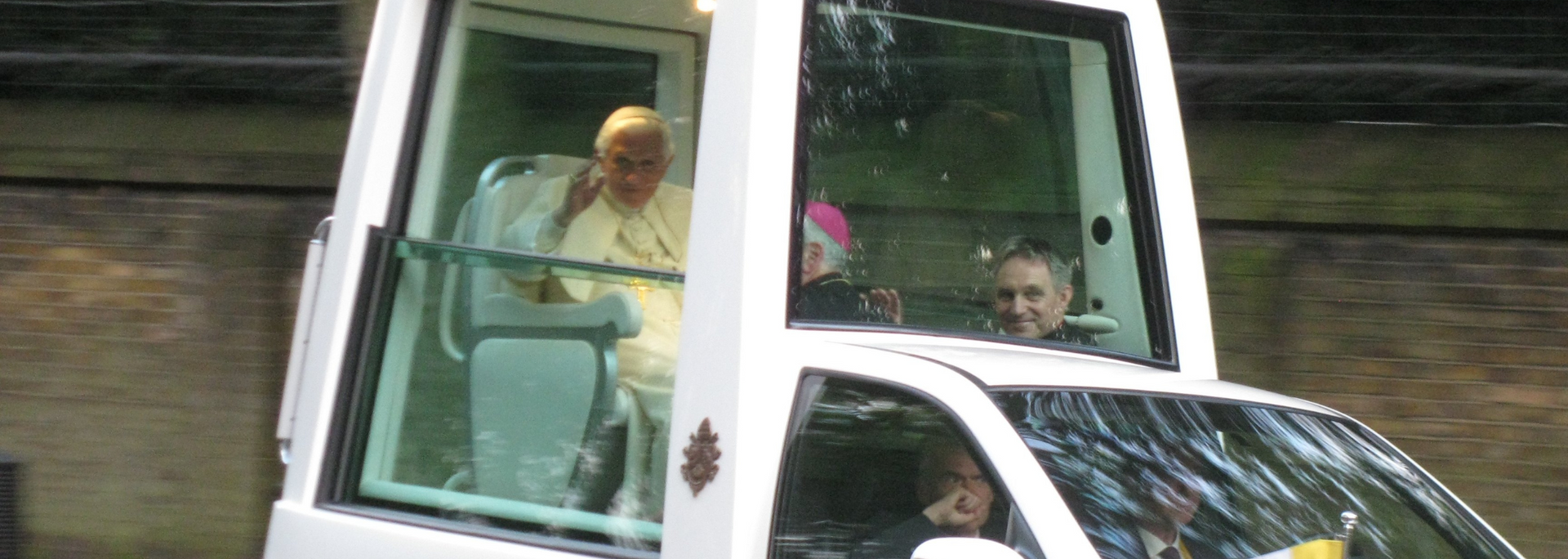
Not everyone likes the name "the popemobile" – John Paul II for one, who considered the media's use of the term "undignified".
The Eiffel Tower
The Eiffel Tower is one of France's most iconic landmarks – and like many landmarks, it's vulnerable to terrorist attacks.
That's why the 1,063-foot tower was retrofitted with bullet-resistant glass in 2018. Ten-foot-high, two-inch-thick panels were installed at the north and south ends of the monument, with metal fencing on the other two sides.
This glass enclosure replaced temporary barriers that were set up after a series of terrorist attacks in 2016. It cost $40 million.
Some have criticised the barriers for changing the tower's appearance for the worse. Others see them as a necessary evil to protect visitors and the monument itself.
What is bullet-resistant glass?
The first thing to point out is that bullet-resistant glass isn't the same as "bulletproof glass" – because technically there's no such thing.
If a manufacturer officially called their glass bulletproof, they'd quickly be done under the Consumer Rights Act. As Ken Sampson, owner and founder of United States Bullet Proofing Inc., told the
BBC: "The term we prefer is bullet-resistant. They can always come back with a bigger gun."
Nevertheless, you will see manufacturers and suppliers use the term "bulletproof glass".
Bullet-resistant glass is a type of laminated glass – layers of glass or polycarbonate bonded with polymer interlayers. It tends to be thicker and stronger than your everyday safety glass.
About our bullet-resistant glass
At ToughGlaze, we manufacture
TG BR: one of the thinnest and lightest bullet-resistant glass products on the market. Like all of our products, it meets the highest regulatory and performance requirements and can be manufactured to meet your requirements.
Are you in the market for
ballistic glass? Don't hesitate to
get in touch for a quick, competitive quote.
